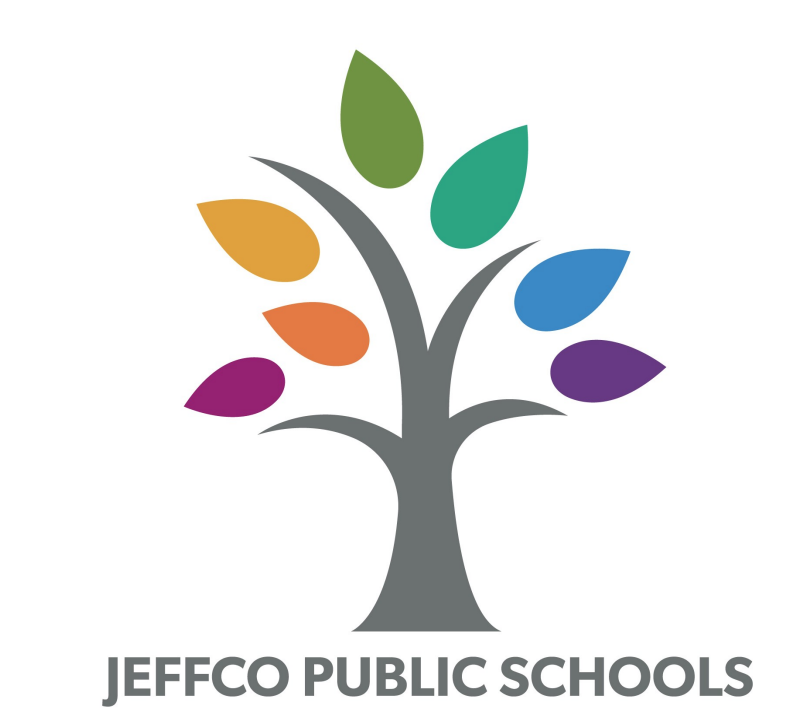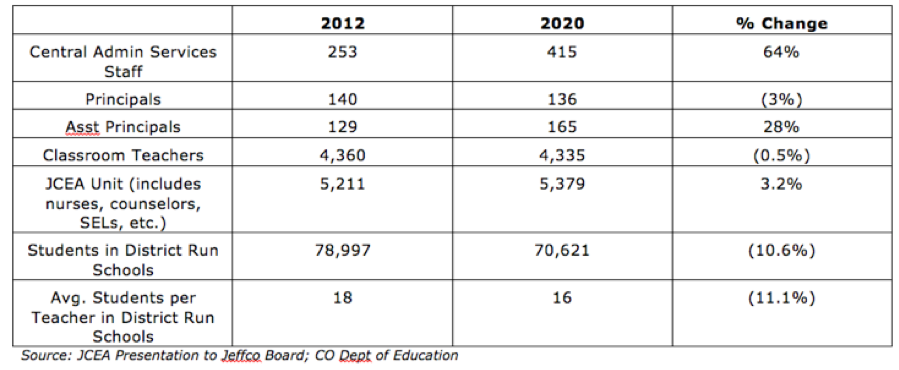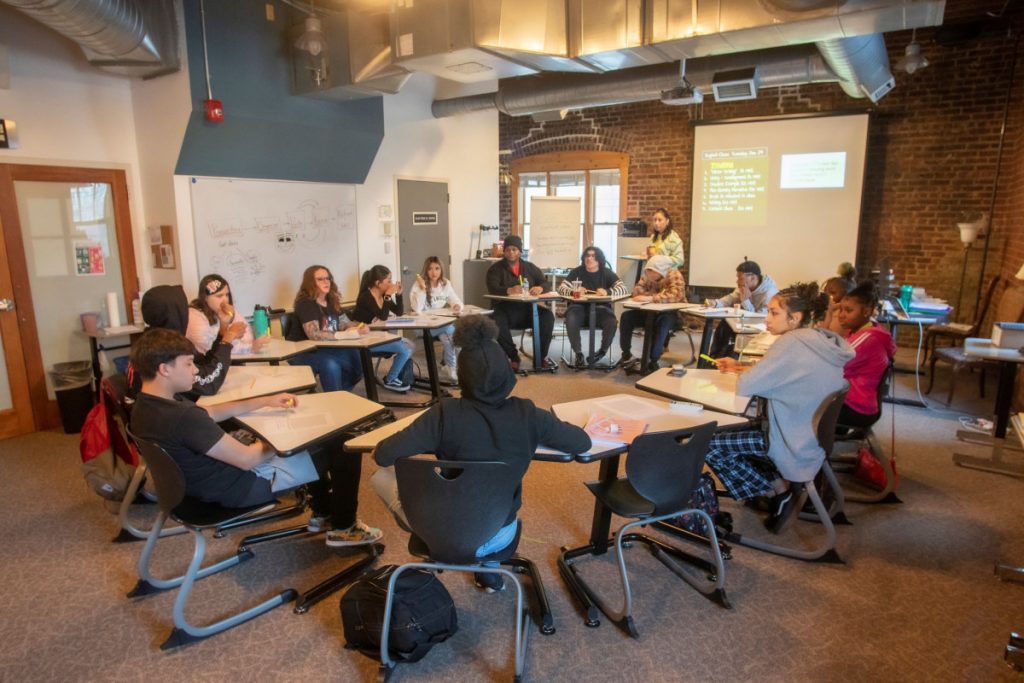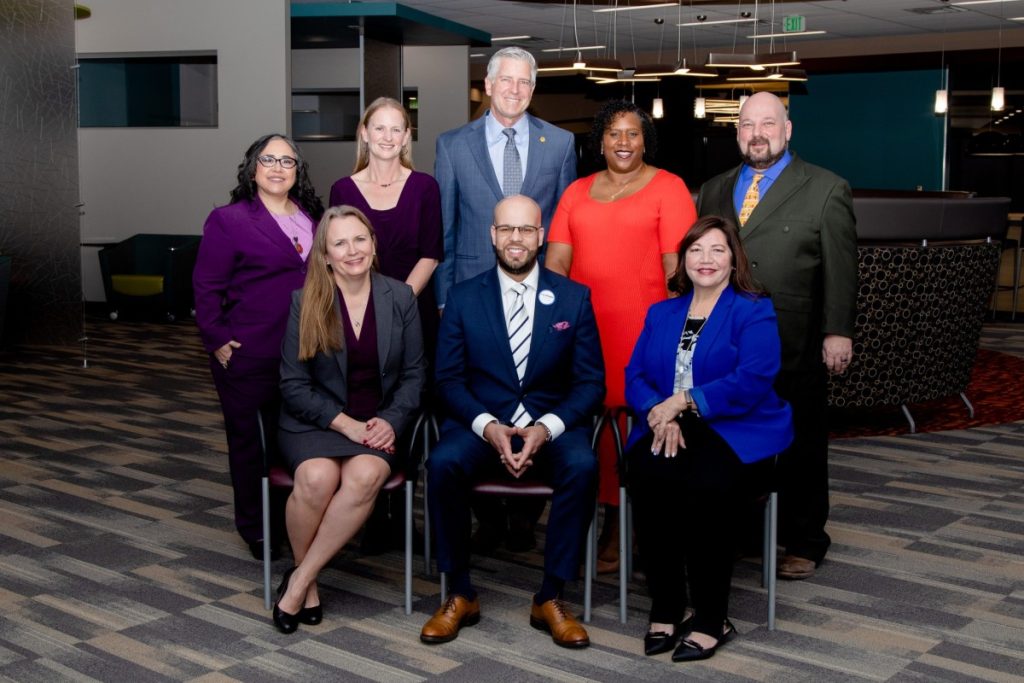Editor’s note: This article was written by Tom Coyne, a business executive, former member of the Jeffco District Accountability Committee, and former Chair of the Wheat Ridge High School Accountability Committee. His wife, Susan Miller, was elected to the Jeffco Board of Education in November 2019. These are solely Coyne’s views.
When you examine the need for school closures in Jefferson County, the first thing that strikes you is the shocking scale of the problem.
Sixty-eight schools now operate at less than 80% of capacity, the industry standard for low capacity utilization. Forty-eight schools operate at 65% or less of their capacity.
In aggregate, Jeffco had 96,000 seats available in district-run schools, but only 69,000 students in 2021.
With enrollment declining at an accelerating pace, the financial consequences of this overcapacity are dire. Despite receiving millions in federal and state COVID aid, in the current budget year Jeffco will reduce its reserves by more than $28 million to cover its costs.
If these costs aren’t reduced or revenues increased, next year Jeffco will have to reduce reserves by a further $44 million, which will place them at or below minimum recommended reserve levels, just as the economy could be entering a deep recession.
The prospects for higher revenues are grim. Federal aid is running out. State aid is based on a five-year average enrollment, and Jeffco’s accelerating decline will sharply reduce it next year.
To raise revenue, board member Paula Reed has proposed asking voters to pass a mill levy increase. However declining academic results, failure to recover COVID learning losses, and a Capital Program that is currently more than $170 million over budget make passage of a mill levy unlikely.
In short, school closures in Jeffco have finally become unavoidable.
Denver Public Schools faces a similar though less dire challenge with enrollment and underutilized buildings. It will be interesting over the next year it compare and contrast how the two districts handle the situation.
There are three main reasons why Jeffco, the nation’s 39th largest school district, with $1.4 billion in annual revenue, has ended up in this mess.
First, its enrollment projections have been over-optimistic.
For example, in 2015, Jeffco forecast that K-12 enrollment in district-run schools would grow by 2,023 students by 2020. In reality, it declined by 6,697 students.
Publicly, the district blames this on falling birthrates. It studiously ignores the increasing number of parents who are choicing their children out of Jeffco’s district-run schools, in part because of their declining academic performance.
In 2019, before COVID arrived, 54% of Jeffco 3rd graders failed to meet state English Language Arts standards, 65% of 6th graders failed math, and 62% of 8th graders failed science (this isn’t due to poverty; the corresponding percentages for students not eligible for free and reduced lunch were 44%, 55%, and 53%).
Second, district leaders and boards have avoided the public conflict that accompanies closing schools. For example, in 2017 following public outcry over five proposed closures, former Superintendent Jason Glass placed a two-year moratorium on further closure discussions, and promised to present a comprehensive Facilities Master Plan to the board. He never did.
Instead, in 2018 Glass proposed a $567 million bond issue, and committed to spending millions of dollars on schools that were already operating well-under capacity, and were forecast to lose even more students over the next five years.
Third, even as the number of students in district-run schools plummeted, for years Jeffco boards continued to approve adding more staff and raising their pay:
This has led to overstaffing and very high costs at Jeffco schools.
For example, Jeffco’s data show that it spends an average of $16,177 per student in district-run elementary schools, which have an average of just 7.9 students per staff member.
Since operating and maintenance costs at elementary schools average only $264,000, substantial staff reductions and/or sales of closed schools will be needed to close Jeffco’s looming $44 million budget shortfall.
The district’s proposed approach to closing schools is open to many criticisms.
Rather the preparing a comprehensive Facilities Master Plan, it is proposing only to close elementary schools, despite having 10 high and middle schools operating at less than 80% of capacity, of which six are below 65%.
The district’s revised policy for closing schools (FCB-R) now requires just one public meeting before the board votes on the superintendent’s recommendation.
Even worse, the district issued an RFP to hire communications consultants not to engage parents in the school closure decision process, but rather to convince them after the fact of the wisdom of the board’s decision to close their schools.
Needless to say, both of these will almost certainly inflame passions in Jeffco.
According to FCB-R, closure recommendations will be based on these factors:
- Educational program
- Operating costs
- Per pupil costs
- Staffing structures
- Student dislocation (geographic-transportation)
- Building capacity
- Projected enrollment
- Desirability of site (safety-size-drainage)
- Condition of physical plant
- Life expectancy of building
- Community use of facility
The district has published data on these factors for all elementary schools.
Notably absent from these decision criteria are schools’ academic performance and teacher absence rates.
Board member Susan Miller (my wife) has published these data for every school in Jeffco on her website. She has said that she “will only support school consolidations that improve programming, facilities, and academic performance for the children whose school is being closed.”
In sum, Jeffco is facing a financial crisis whose solution requires closing and selling many schools, along with substantial staff cuts. Unfortunately, the district’s closure process will very likely make it much more difficult to achieve those goals.





